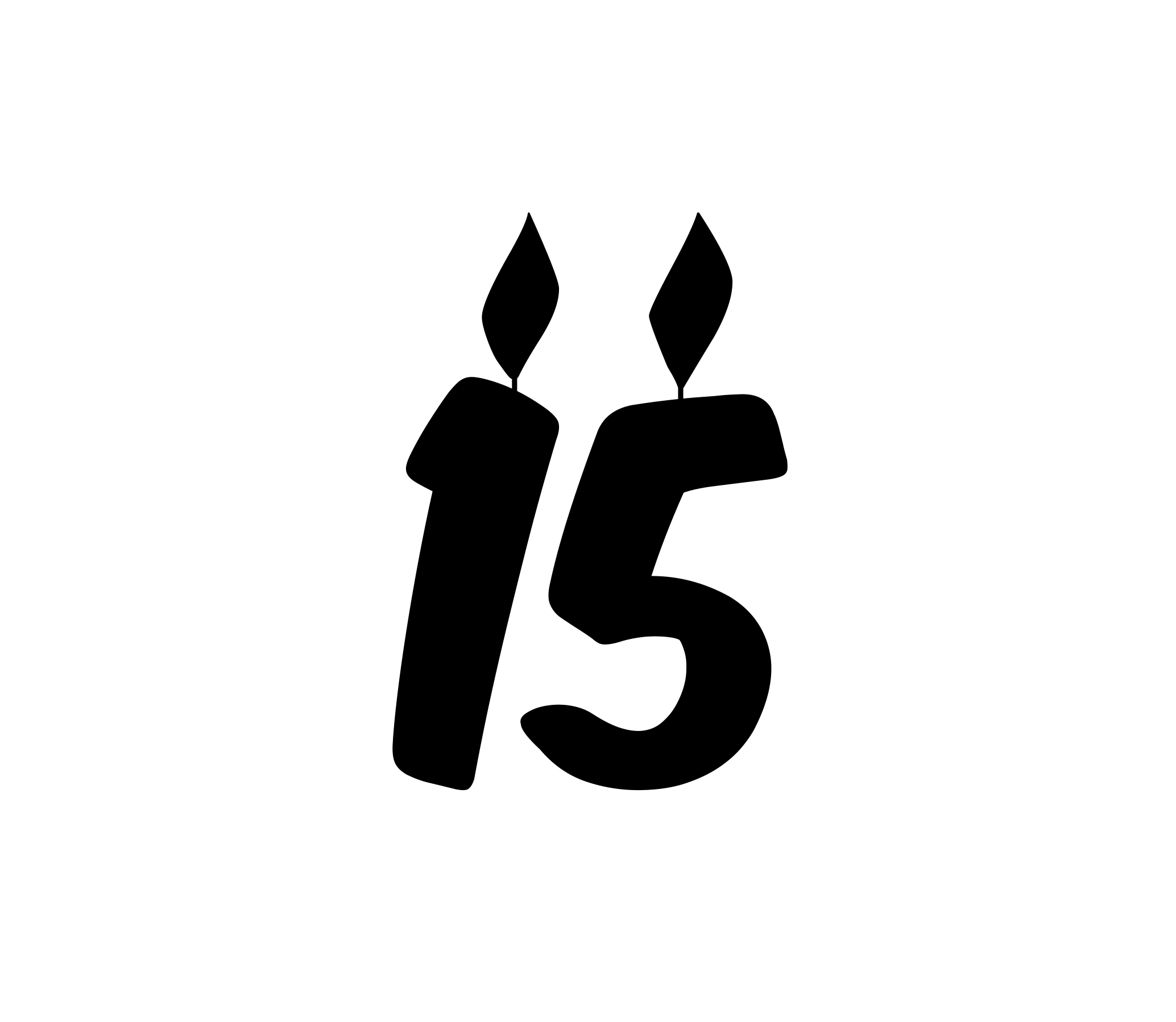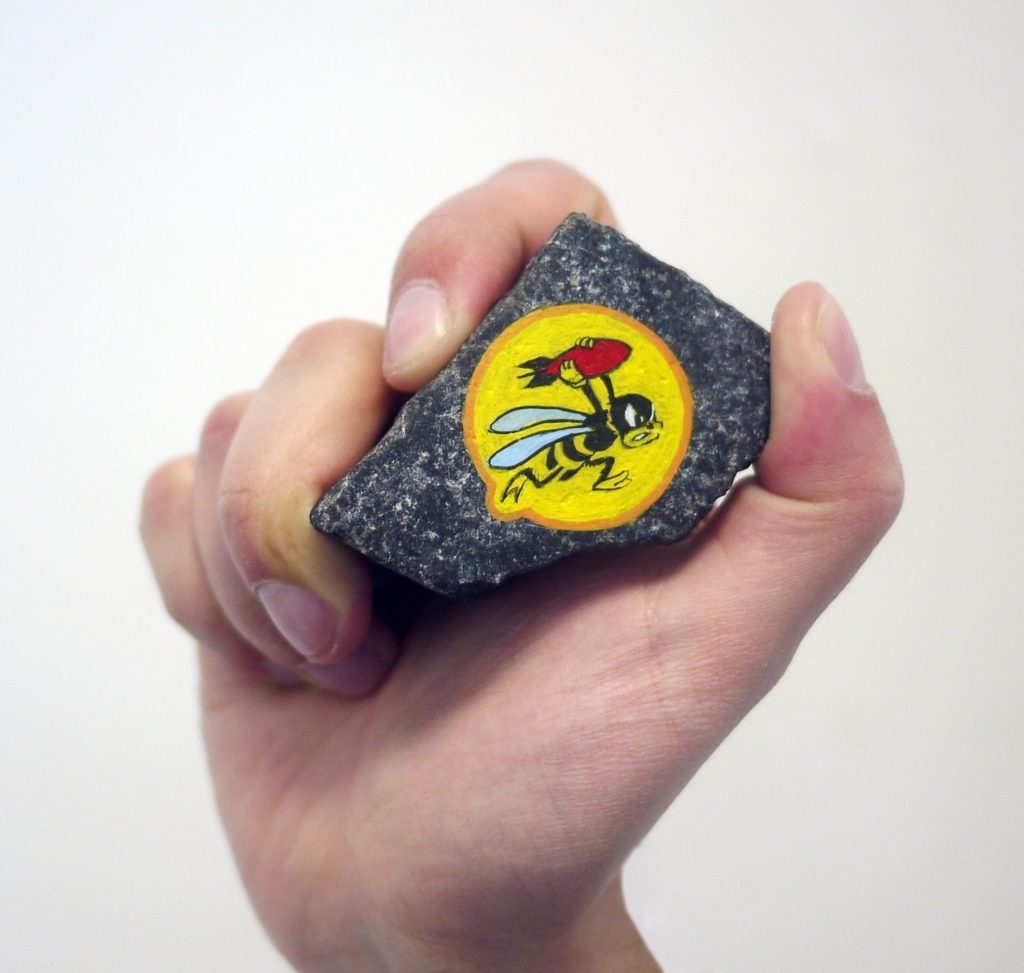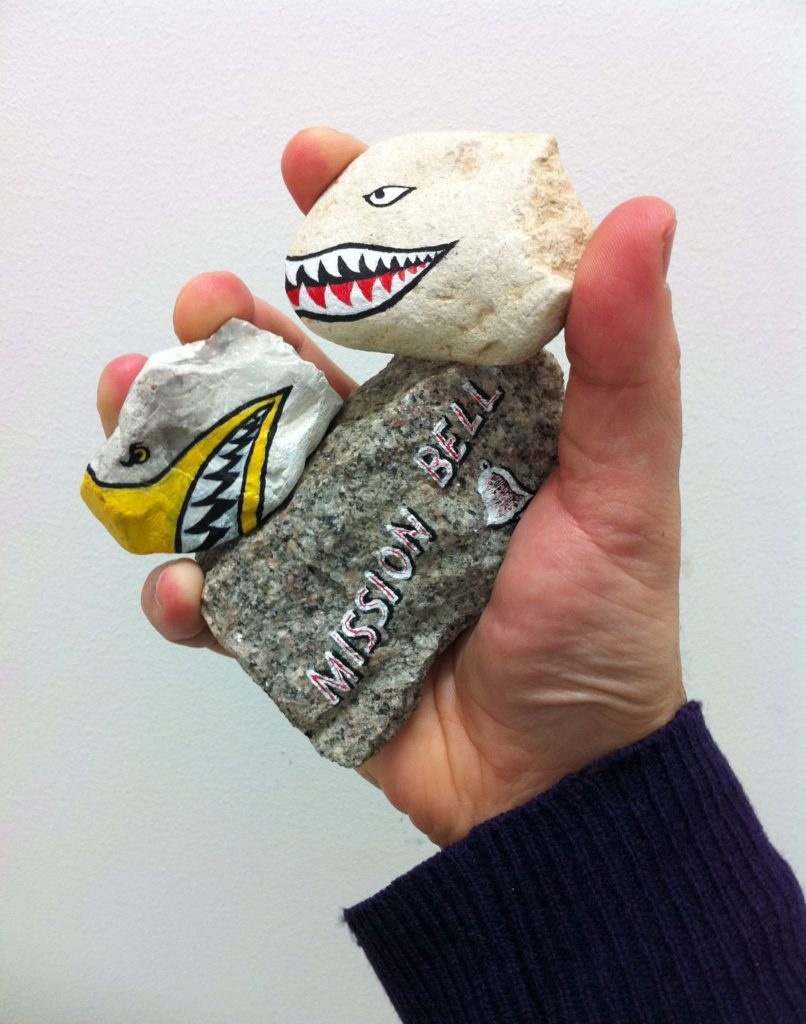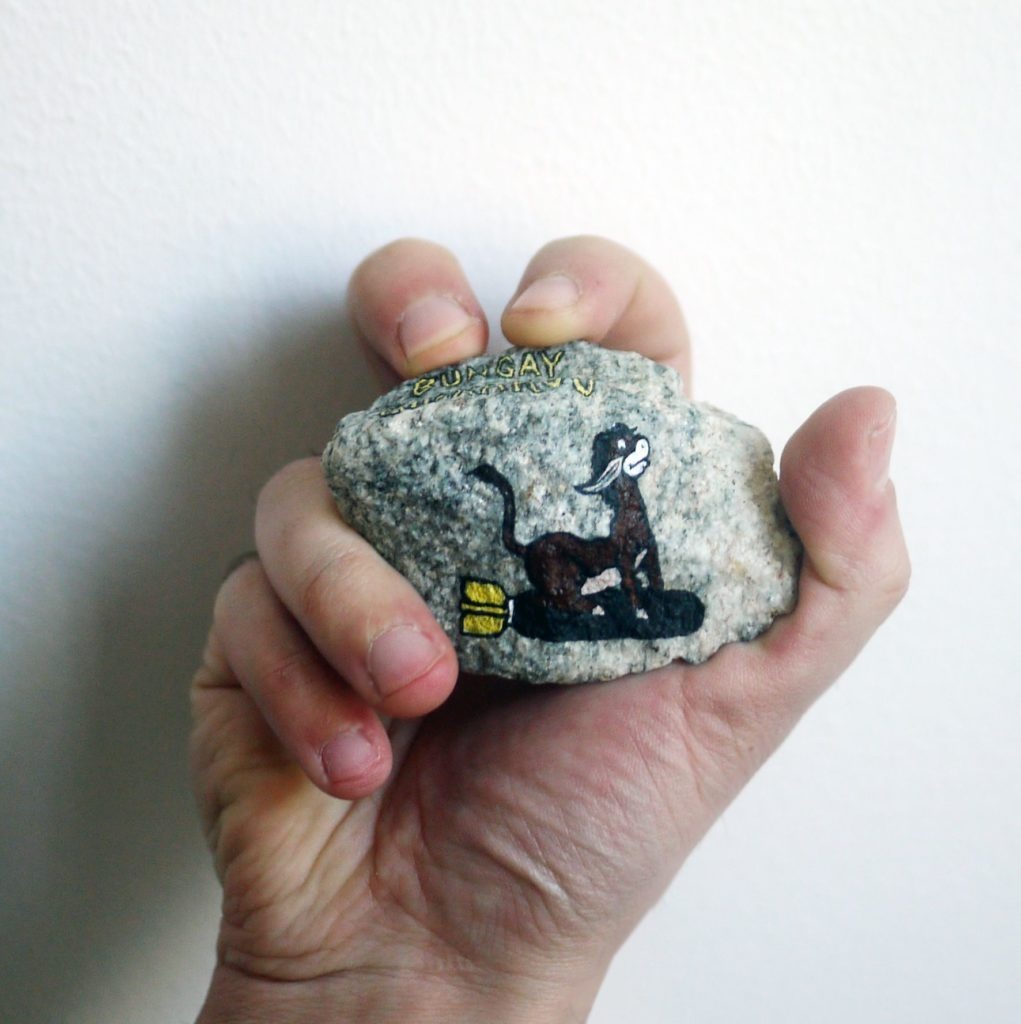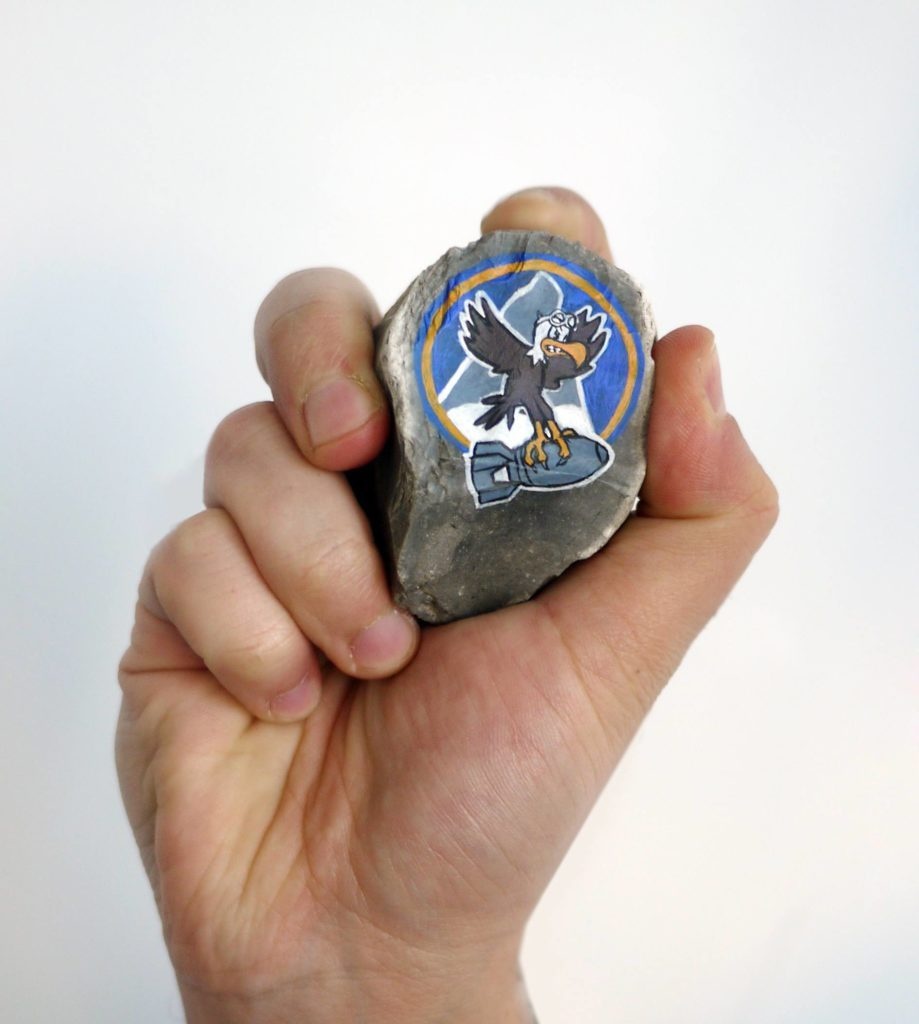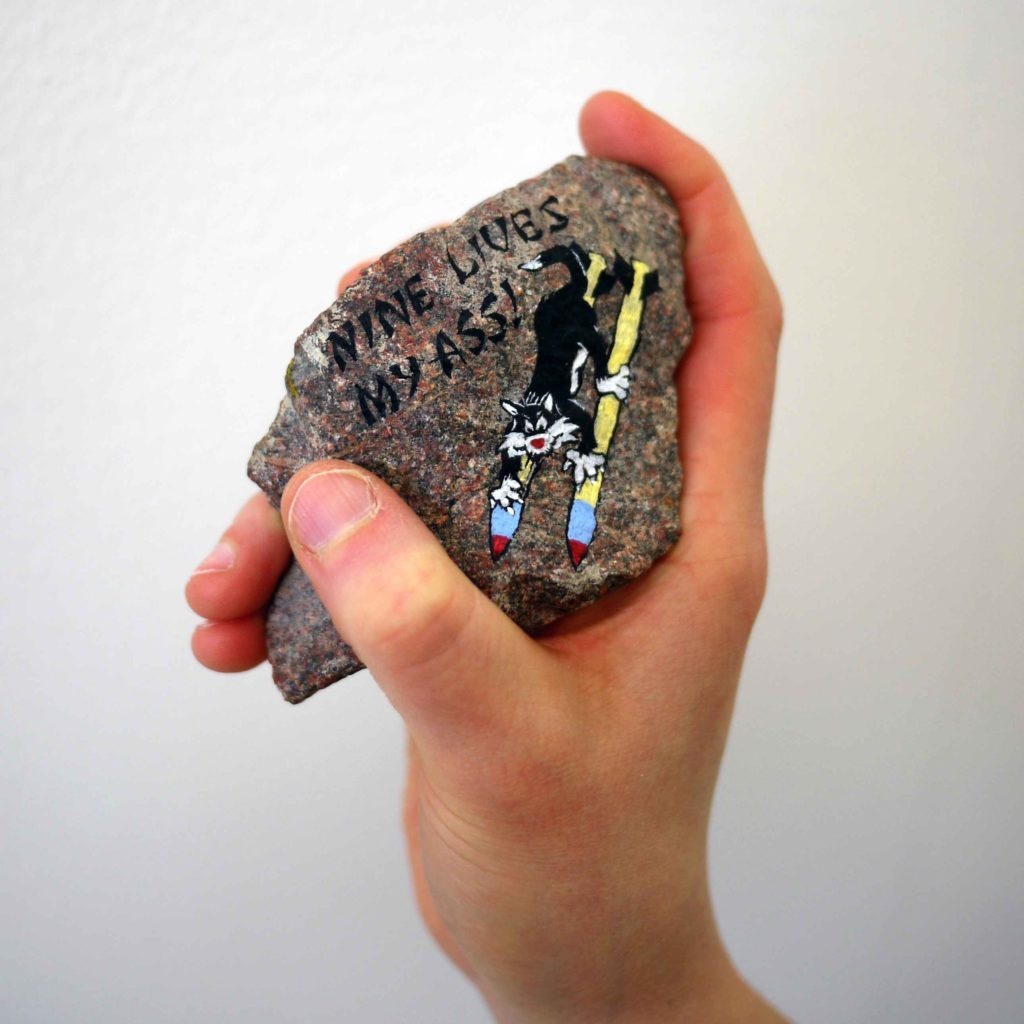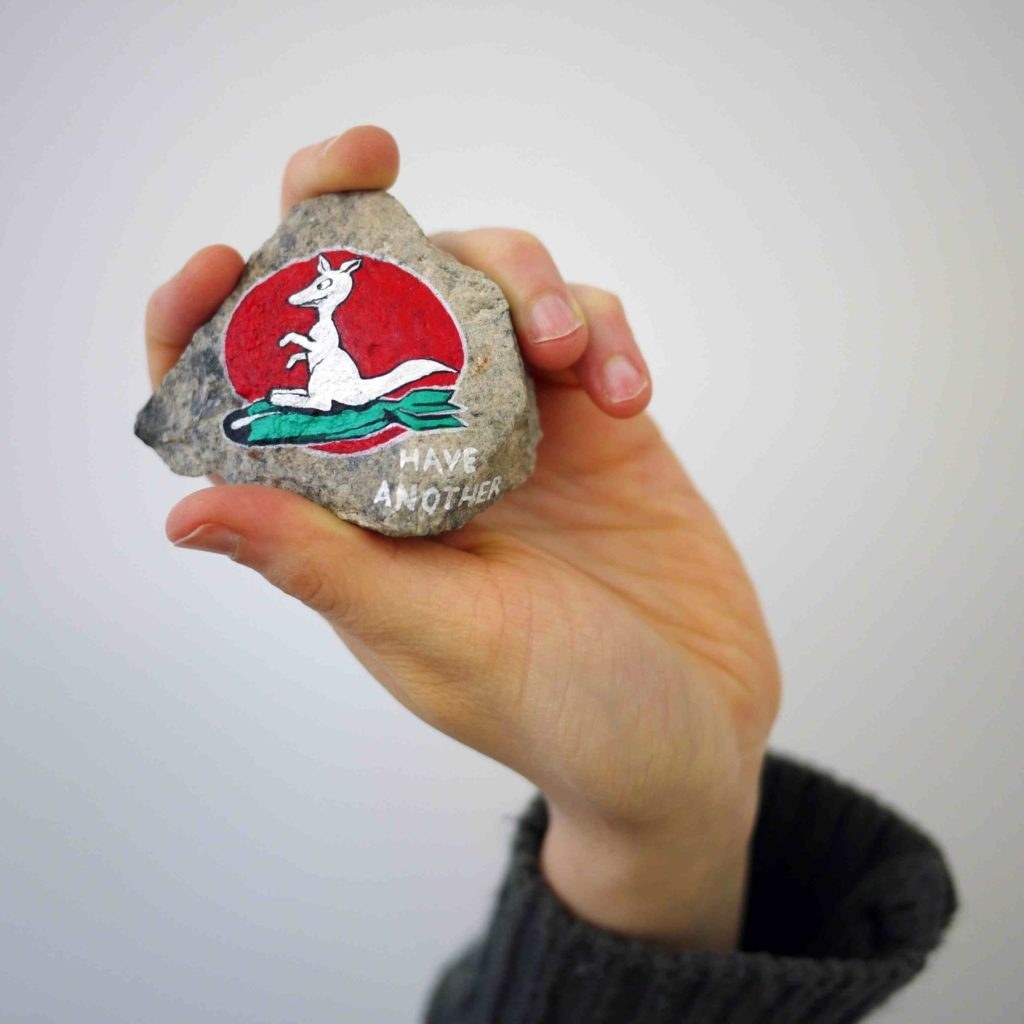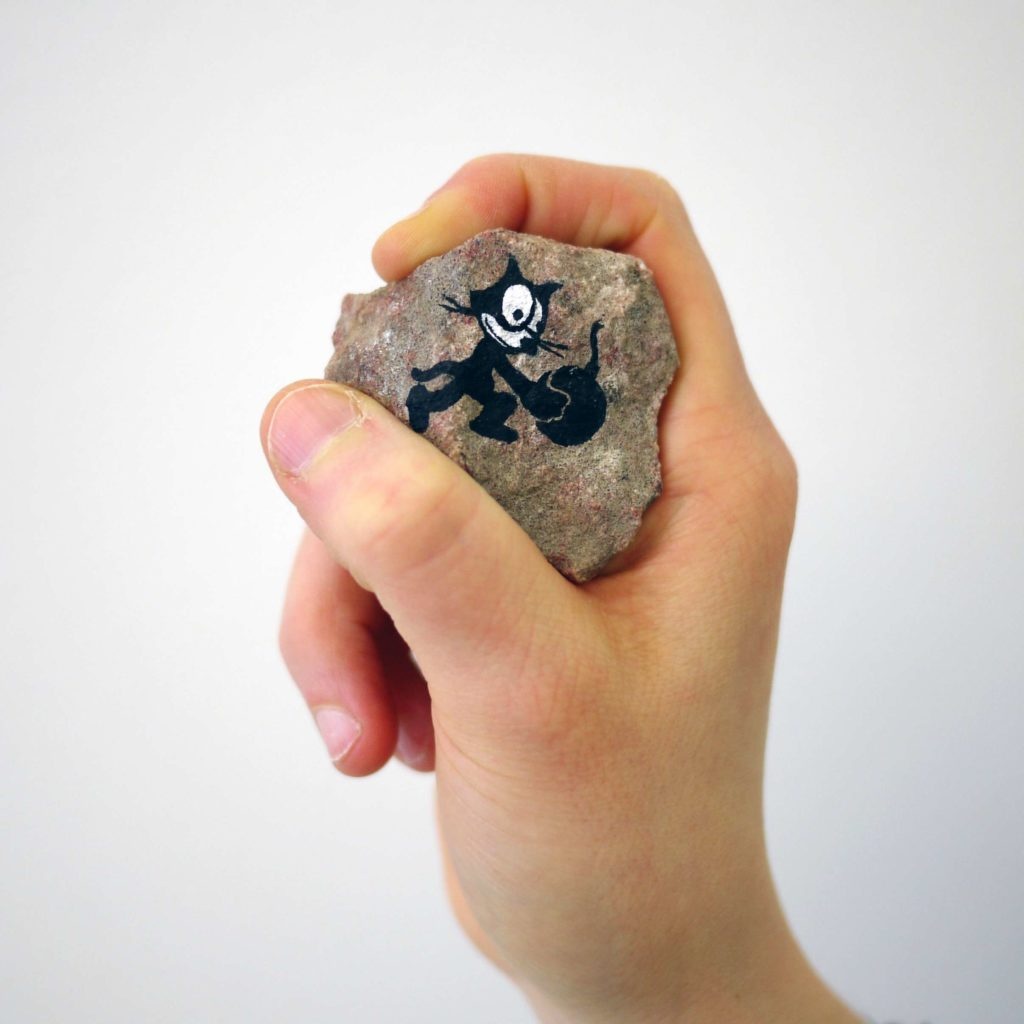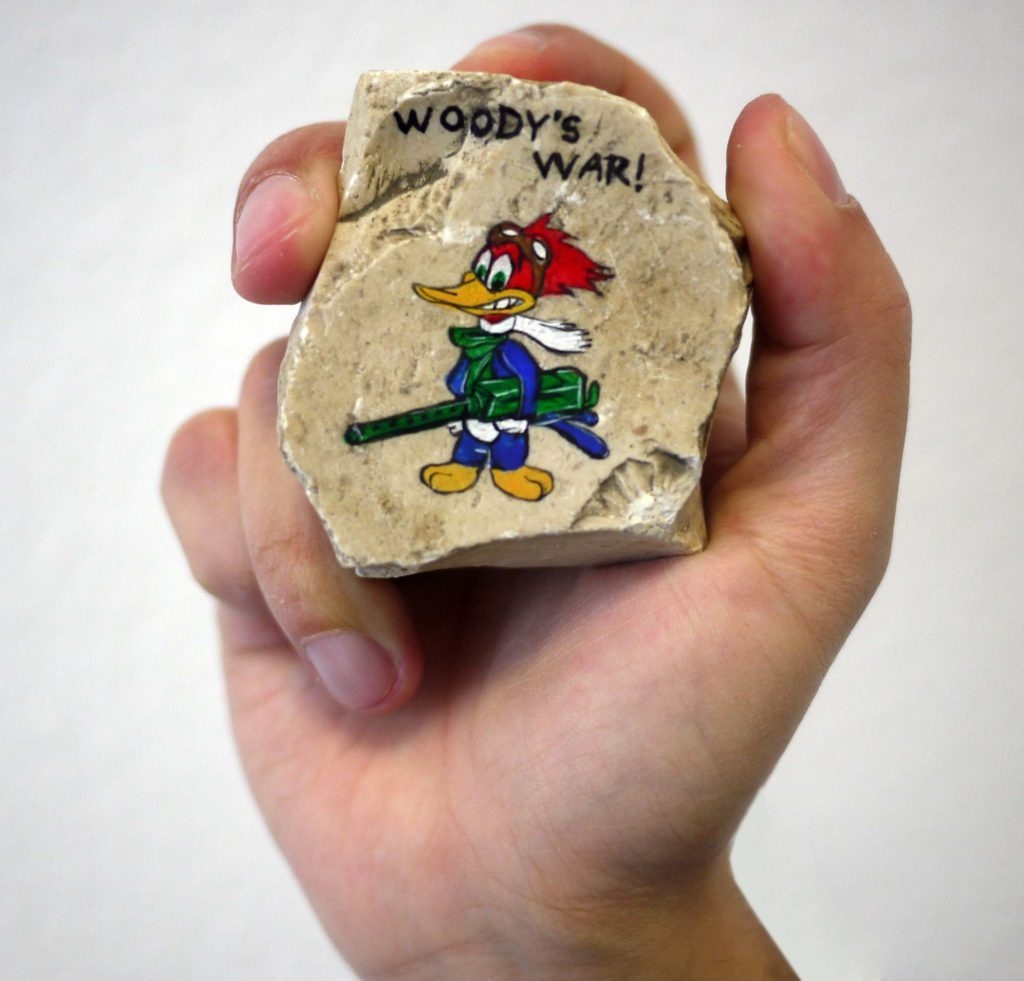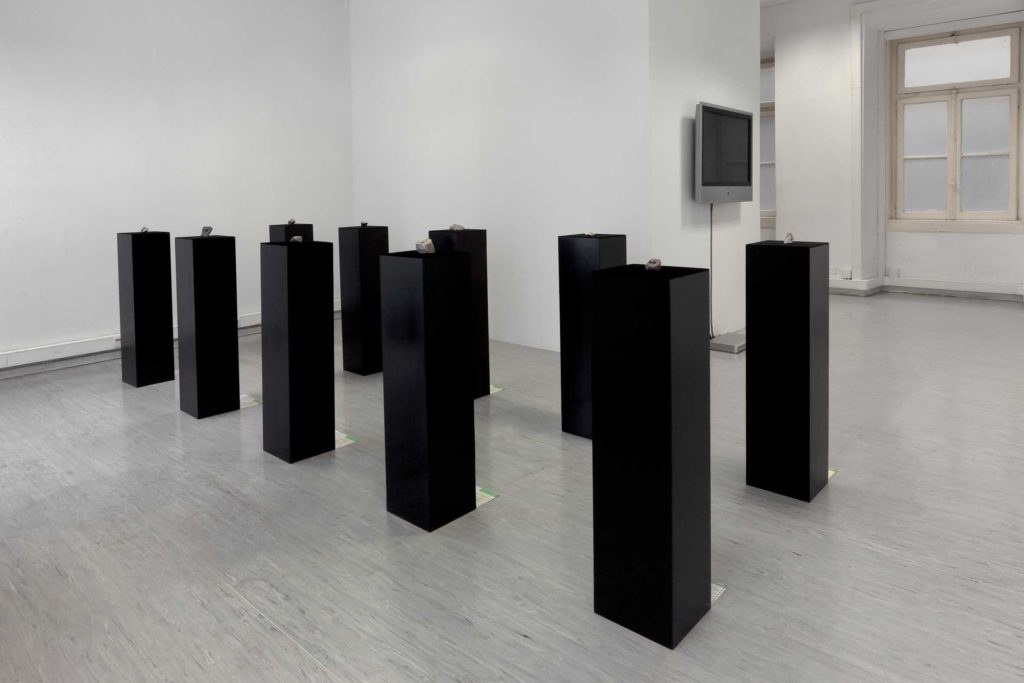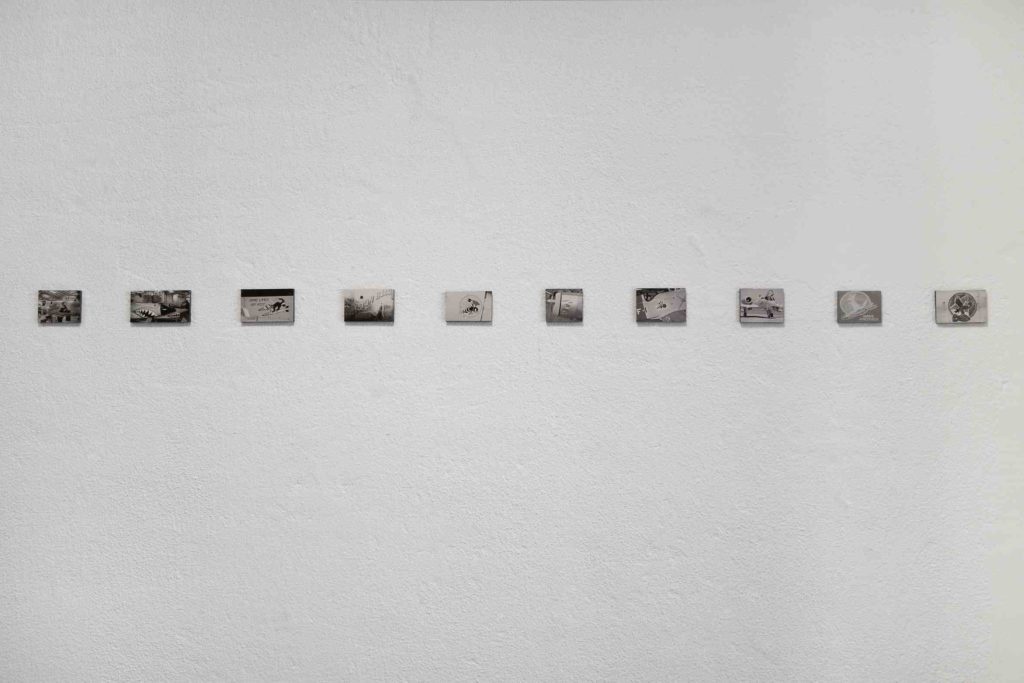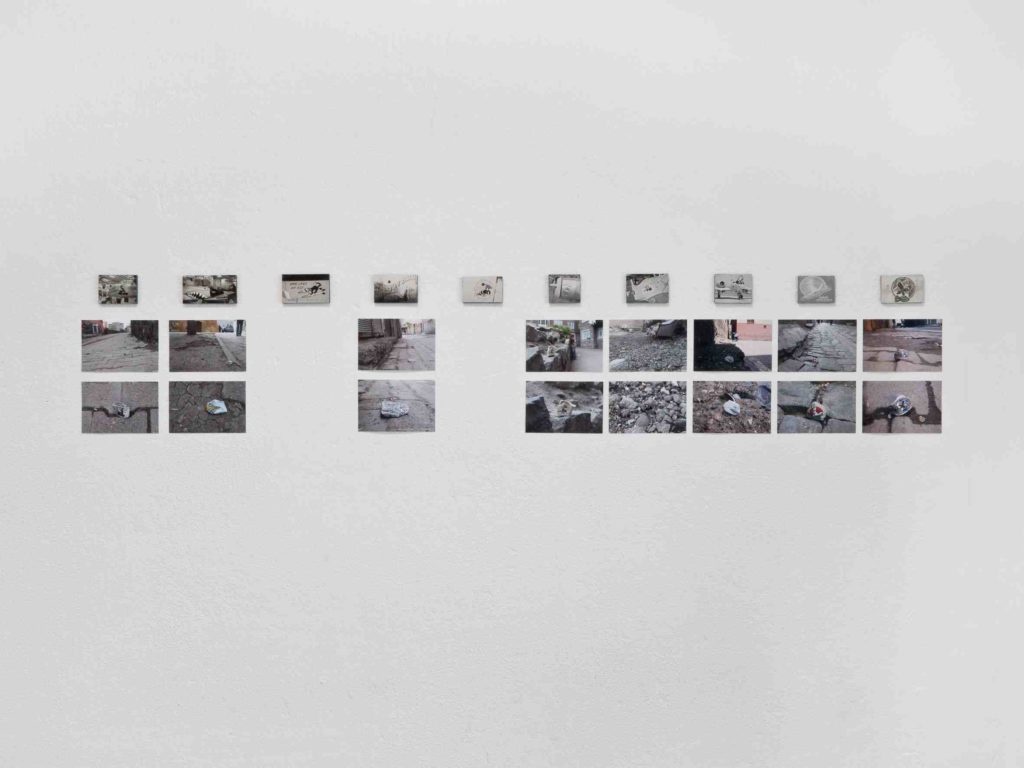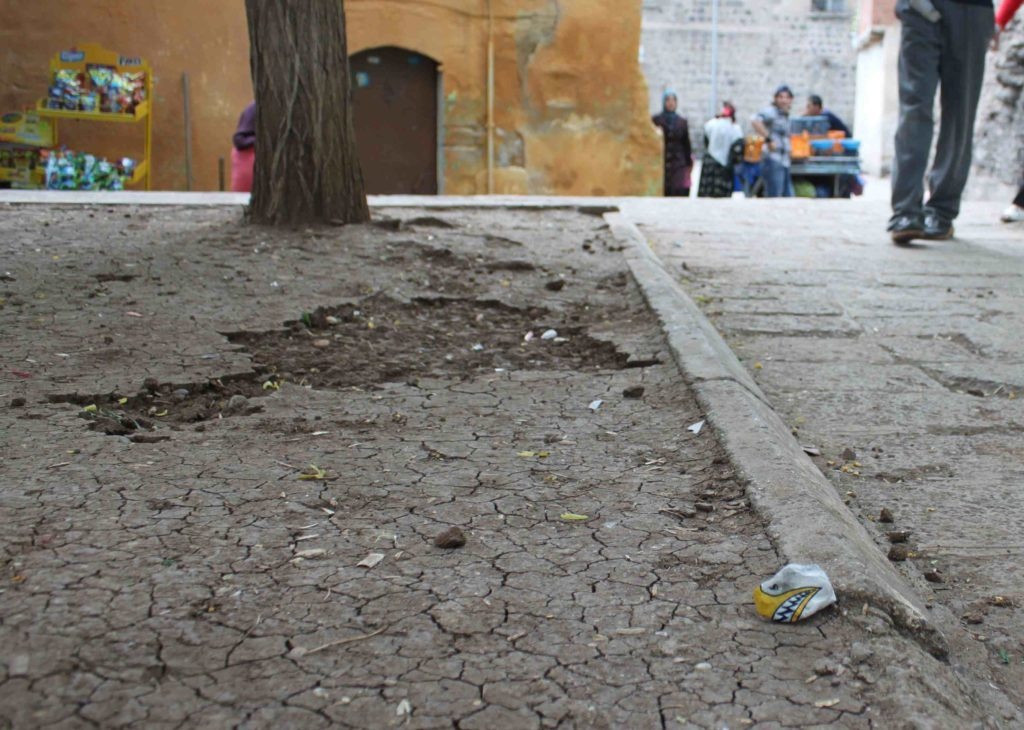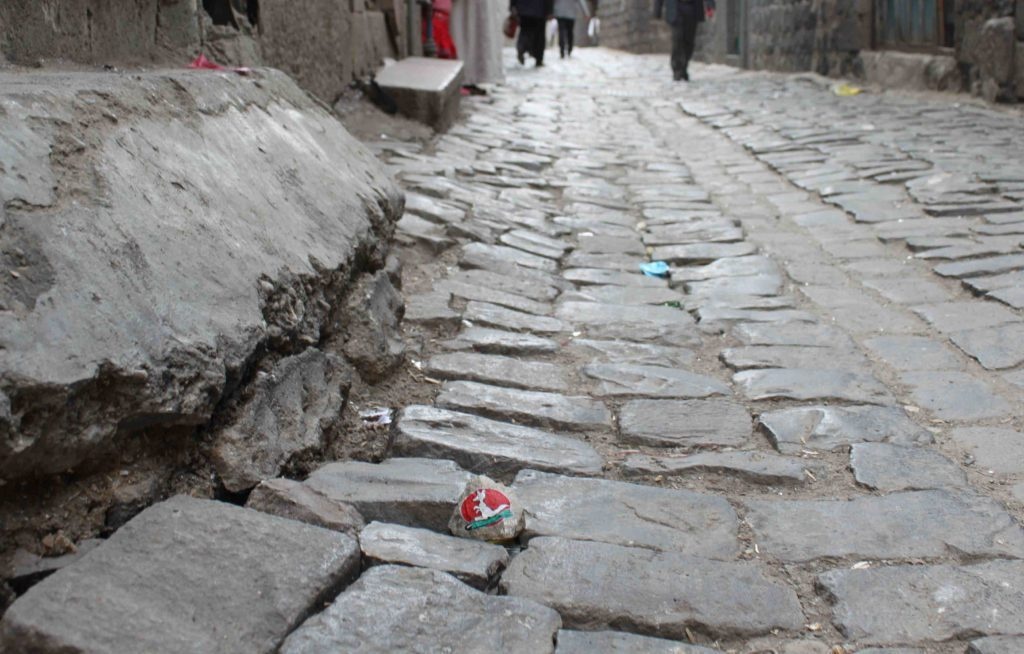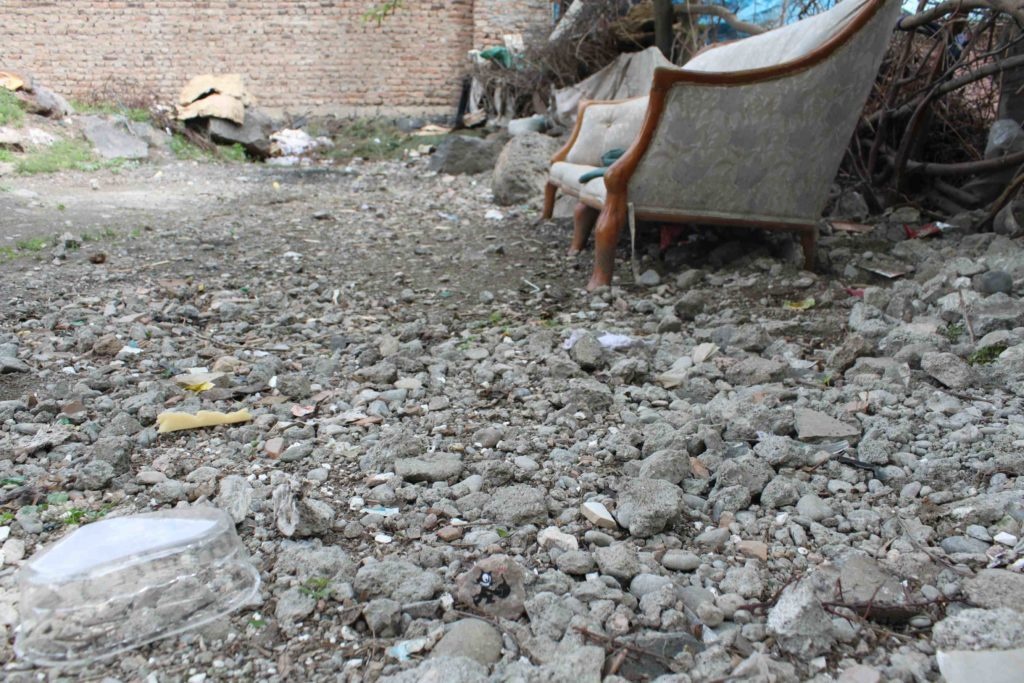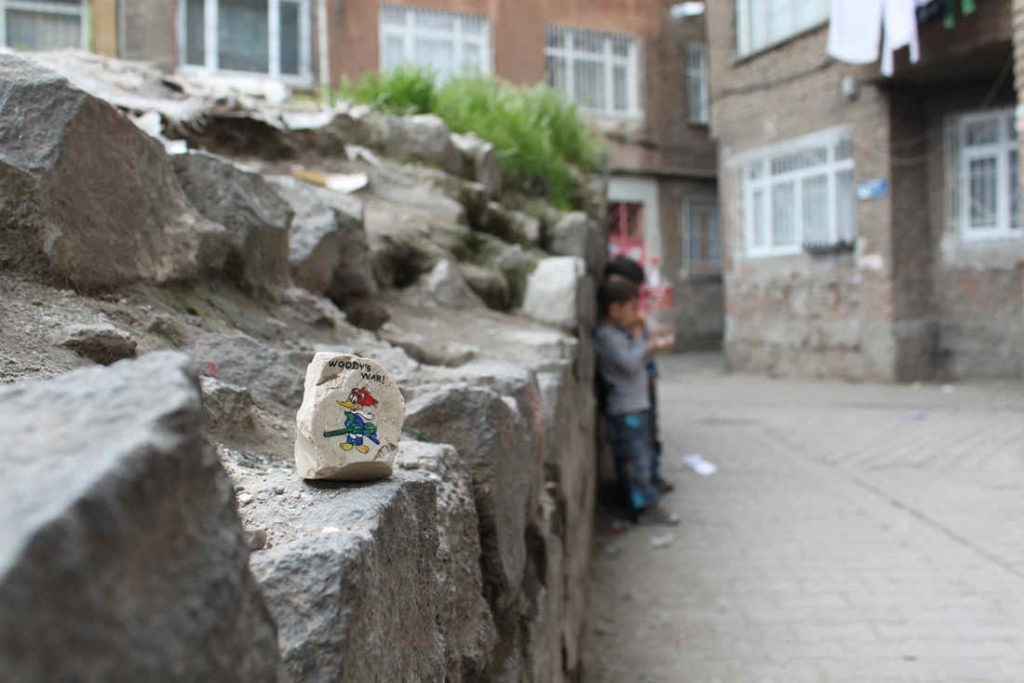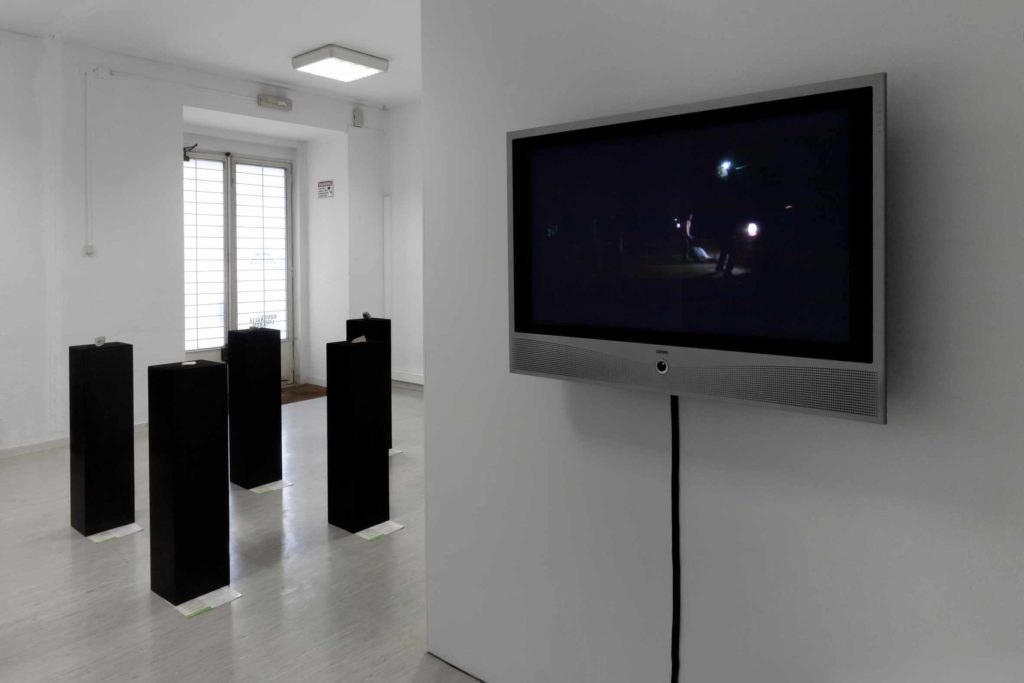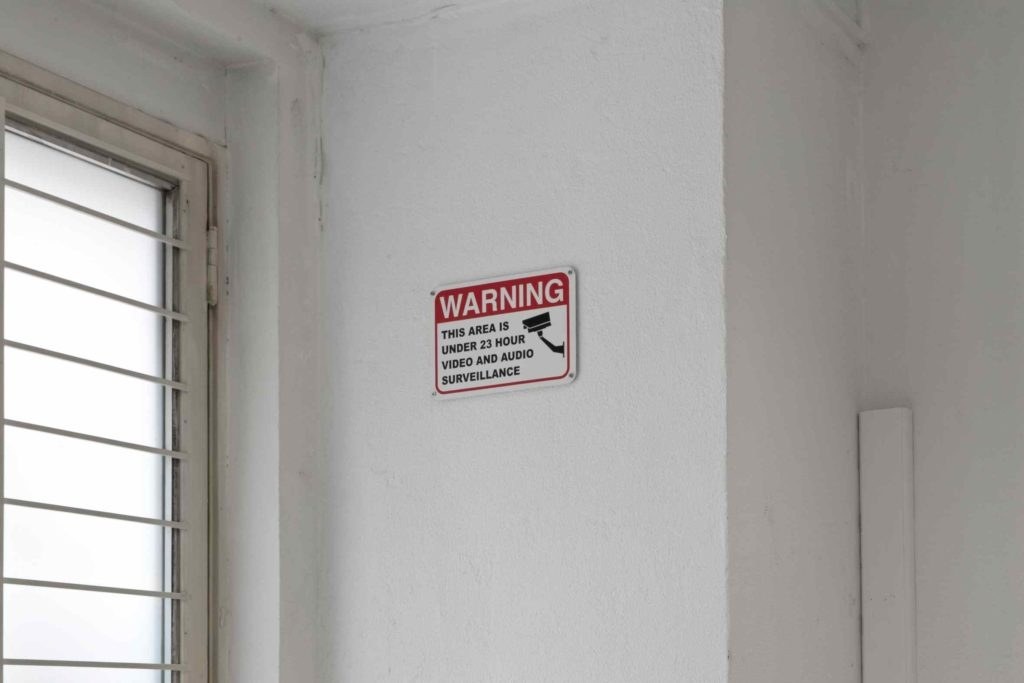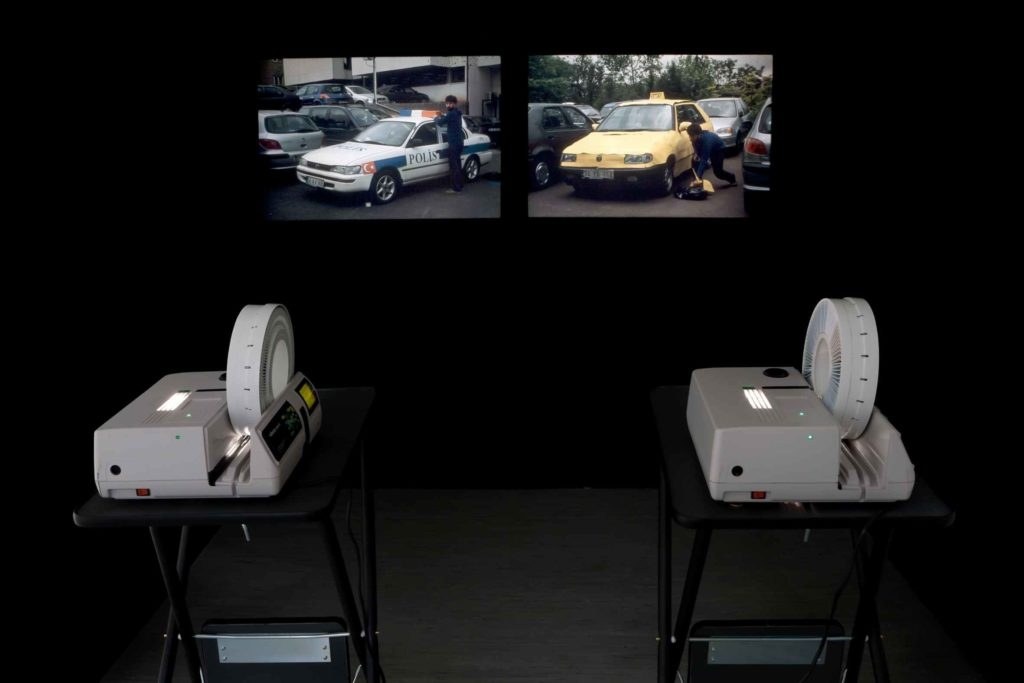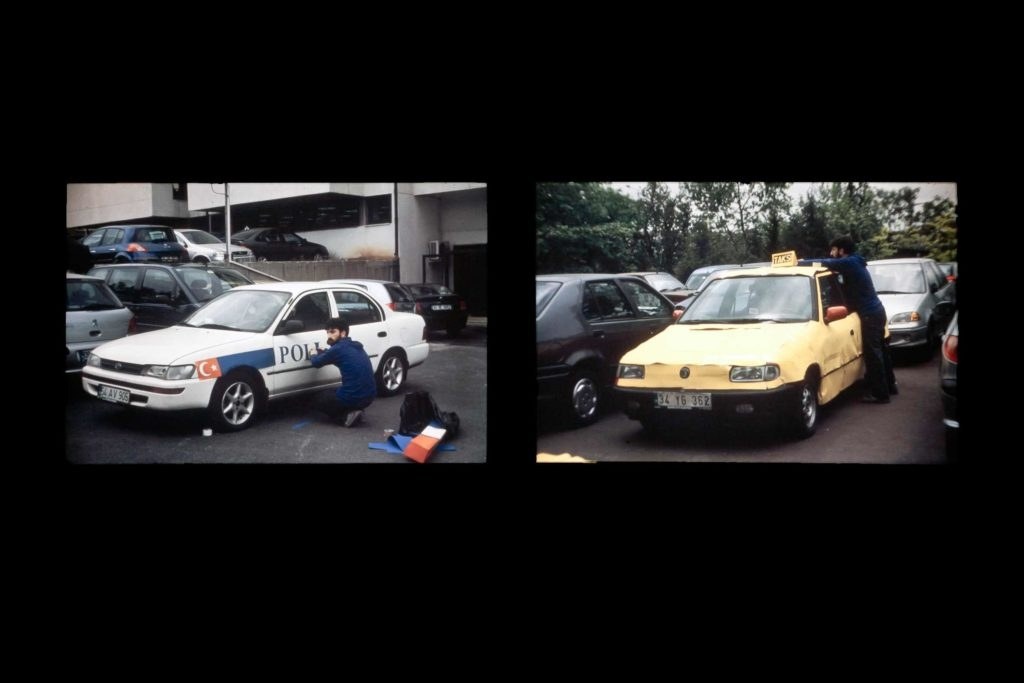Ahmet Ögüt: Stones to throw
Kunsthalle Lissabon is pleased to present Stones to throw, Ahmet Ögüt's first solo show in Portugal. In Stones to throw, an installation specifically developed for Kunsthalle Lissabon, Ögüt departs from nose art, the decorative paintings or designs on the fuselage of military aircrafts, which can be seen as a form of aircraft graffiti, to present a series of 10 painted stones that feature the same kind of designs seen in airplanes. Throughout the exhibition, and gradually, all of the stones, except the last one, will be removed from Kunsthalle Lissabon's exhibition space and sent to Diyarbakir, Ögüt's hometown. The stones will then be received by a friend of the artist and left abandoned on the streets. All the process of removing the stones from the exhibition and abandoning them on the city will be documented and presented in Kunsthalle Lissabon as part of the artist's installation. Diyarbakir, located in southeast Turkey has been witnessing an increase of children arrested on charges of stone throwing. The exhibition will also include Somebody else's car (2005), Short circuit (2006) and This area is under 23 hour video and audio surveillance (2009).
Ahmet Ögüt was born in Diyarbakir, Turkey in 1981, lives and works in Amsterdam. He works with a broad range of media including video, photography, installation, drawing and printed media. He received his BA in painting from Hacettepe University, Ankara, Turkey in 2003, his MA from the Art and Design Faculty at Yildiz Teknik University in Istanbul in 2006 and he completed a two year residency at Rijksakademie van beeldende kunsten, Amsterdam, The Netherlands, from 2007 – 2008. Solo exhibitions included Museum Villa Stuck in Munich (2010); Laumeier Sculpture Park, St. Louis (2010); Stedelijk Museum Bureau Amsterdam (SMBA) (2010); Artspace Visual Arts Centre in Sydney (2010); MATRIX Program, Berkeley Art Museum and Pacific Film Archive BAM/PFA (2010); Künstlerhaus Bremen (2009); Kunsthalle Basel (2008). Group exhibitions include Trickster Makes This World, Nam June Paik Art Center (2010); Performa 09, The third biennial of visual art performance (2009); 5th Berlin Biennial, Berlin (2008); Stalking with Stories, Apexart, New York (2007); Normalization, Rooseum Center for Contemporary Art, Malmö (2006) and 9th International Istanbul Biennial, Istanbul (2005). In 2009 Ahmet Ögüt co-represented Turkey at 53rd Venice Biennale together with Banu Cenneto?lu. In 2010 he received the 'Europas Zukunft' prize from Museum of Contemporary Art (GfZK) Leipzig, 2010.
Exhibition supported by Fundação Calouste Gulbenkian, Fundação EDP and the Embassy of The Netherlands in Lisbon.
